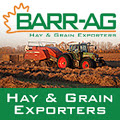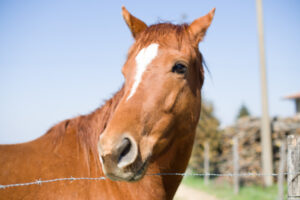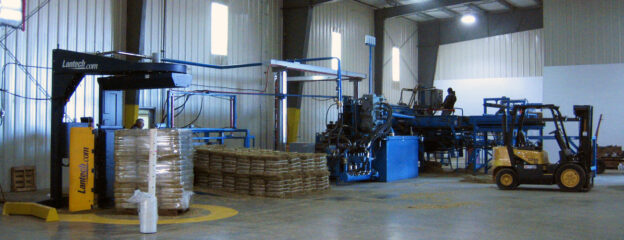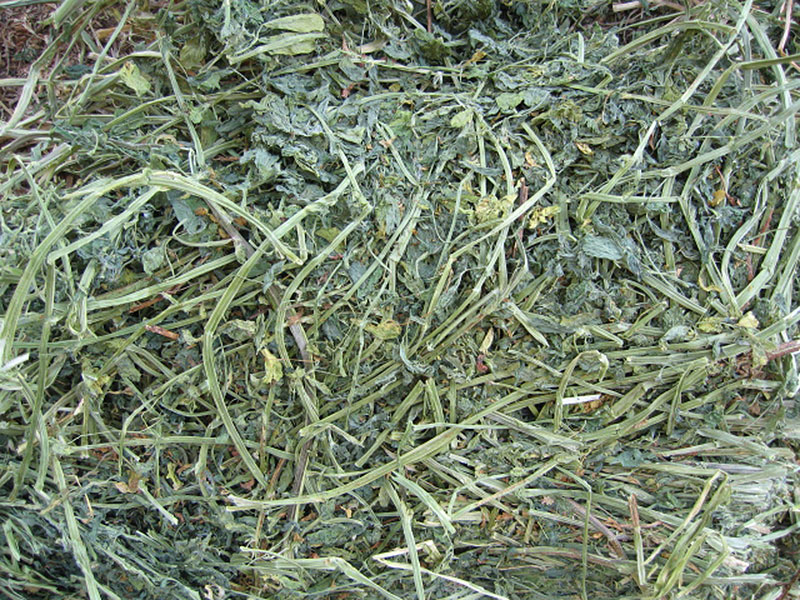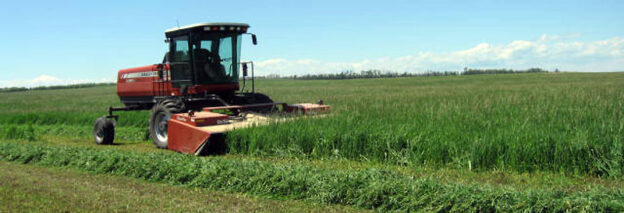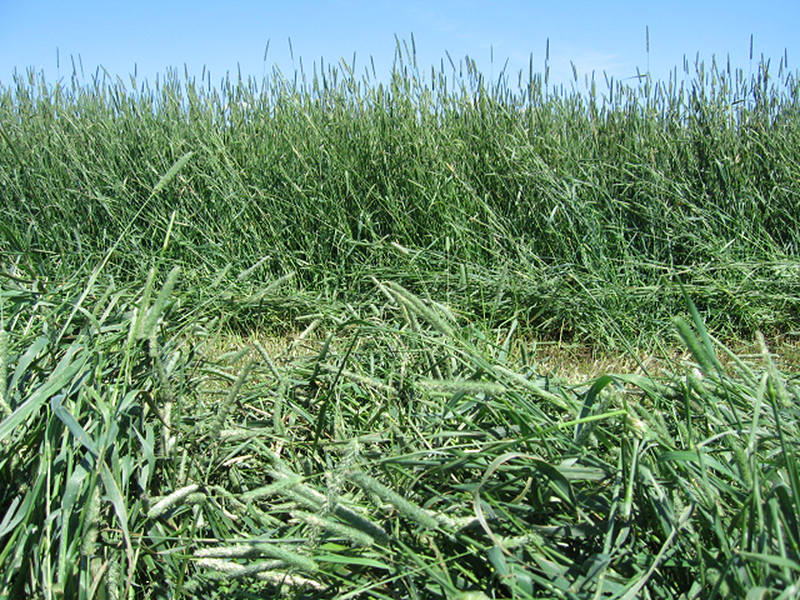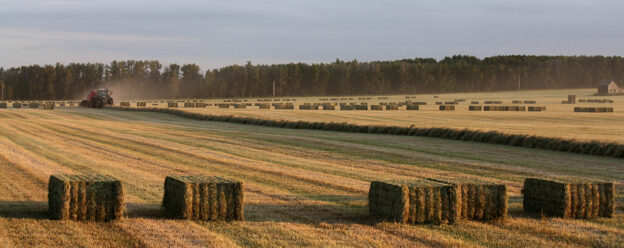Since 1994, GM foods have been permitted to be sold in Canada. Currently, Canada’s growing of genetically modified crops is limited to canola, soybean, corn and sugar beets of which most are exported to foreign countries. The country is one of the largest exporters of GMO crops in the world. Recently, field tests have begun on growing GM alfalfa in Ontario and Quebec that have raised concern over the probable contamination of Canada’s naturally grown alfalfa crop through cross pollination.
Appearance of Genetically Modified Crops
Genetically modified crops were first produced in 1982 and by 1986; the first field trials were done on tobacco for herbicide resistance. In 1994, the United States approved its first food crop, a tomato. Since then, GM crops have exploded in variety and availability.
Claimed Benefits of GMOs
GMO crops do have their advantages:
- Because they have been engineered to be more drought resistant, they can be grown in borderline areas and places that might not have been usable previously.
- They can provide more nutrients such as the vitamin A in rice exported to countries with poor populations and malnutrition issues.
- There is also a larger yield per acre with some crops and they are much more resistant to disease, herbicides and insect infestation.
Why is There Concern over GMOs?
Much discussion has ensued over GM crops and whether they are environmentally safe. While the subject has been widely researched, there continues to be controversy over whether there has been enough proof found to be certain that GM crops are safe. It is not so much safety for human consumption, as it is safety for our environment.
The biggest issue appears to be cross-contamination of adjacent natural crops, which is almost impossible to control. Is this going to cause the eventual extinction of natural crops within a few decades? No one knows, as there has just not been enough long term research to determine what the outcome will be.
Contact Barr Ag to get more information on any of our crops including Alfalfa, Timothy, Mixed Hay, Canadian Grains and Pulse crops.




